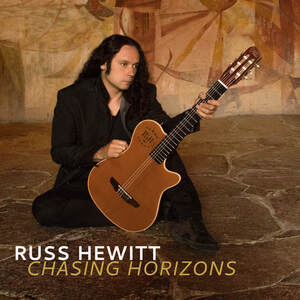
It is also the fourth album from Hewitt and was four years in the making. It is worth the wait.
With Hewitt are a remarkable cast of artists including Nuno Bettencourt, Marty Friedman, Jorge Strunz, and Ardeshir Farah on guitars, Bob Parr on bass and keyboards, Walfredo Reyes, Jr. on drums, Tri Nguyen on Vietnamese Zither, Rafael Padilla and Efren Guzman on percussion, and the strings from the Bucharest All-Star Orchestra. Parr, Padilla and Reyes have been on every Hewitt recording. These guys are telepathically linked. And it shows.
Each of the ten songs on Chasing Horizons were composed by Hewitt with some arranging by Bob Parr who also produced, mixed, and mastered the recording. The recording itself is a brilliant work of control room finesse.
The album opens with Allende, described by Hewitt as a Rumba Flamenco. It is Hewitt’s guitar with percussion and the tonality and texture of Hewitt’s playing is gorgeous. There are few things more enjoyable that hearing folk or indigenous forms (like flamenco) adapted into Jazz. Hewitt makes that case, right from the start.
The touch of sadness makes one wonder if Allende is referencing that awful human rights disaster in Allende, Mexico over a decade ago. It is a powerful piece of melancholic beauty. From the start, it is clear that Hewitt is a virtuoso guitarist and a masterful composer.
The title track, Chasing Horizons, features Nuno Bettencourt on the first guitar solo. Hewitt’s ego allows for the presence and participation of other guitar greats and Bettencourt makes a marvelous contribution. When the smoke clears, the pairing of Bettencourt and Hewitt is a thing of beauty. The textures within the 7/8 groove are melodic, even lyrical, and driven smartly by the cool rhythms.
Speaking of cool rhythms, Vivir Libre (Live Free), features the Montuno beat and the amazing skills of Marty Friedman. The Montuno beat is a classic Cuban rhythm, usually set within the Rumba, that mixes African and Spanish music. Thus, Afro-Cuban. Marty Friedman takes on two solos (the 2nd and 4th) and Hewitt works his magic in the other solos. There are exquisite moments of duet between the two and it is indeed the compulsion to live free.
Amor Perdido (Lost Love) features the Bucharest All-Star Orchestra with the lovely string background to Hewitt’s lonely guitar. The song is played in the Milonga style. Milonga is an Argentine term referring to a guitar (usually) rhythm that is slow and is actually considered a precursor to the Tango. The chords and changes are reminiscent of the work that Erik Satie (1866-1925) composed for the piano. This is a work of singular beauty.
Luminous is Hewitt with the core band of Parr, Guzman, and Reyes. The title is a fine descriptor of the whole feel of the song. It is indeed luminous. This is where Hewitt employs the Lydian mode that he promised. The construction of the song is so well done with those eloquent guitar phrases and passages. Listen a second time and pay attention to the great percussion movements behind the guitar.
Sunset Samba is exactly what it says it is—a Samba. It features Jorge Strunz in melody and in the 2nd solo. Samba is a 20th century musical style that developed out of Brasil. I’ve never heard a Samba I didn’t like and Hewitt’s Sunset Samba proves the point. This is joyous music that can make the worst day somehow better. And just listen to the incredible runs that Hewitt inserts. Breathtaking.
Then comes Luna. This may be my favorite song on this already remarkable album. Cast in the Dorian #4 mode, it is a lovely, lovely Jazz nocturne and belongs next to Debussy or Beethoven’s odes to the moon. I’m not kidding. The splendid beauty of the piece and the performance defy description. The six-note motif repeats and then keeps repeating in your head.
Ardeshir Farah is featured on Cubalia Café, taking the 2nd solo and verses. It is adapted from the Guajira style. Guajira is an old Spanish style that has been infused into flamenco and gained great popularity in 1930s Cuba. The rhythm section kicks off the song and sets the hook for Hewitt’s guitar. The back and forth between Farah and Hewitt is marvelous. Yeah, your body involuntary begins to sway as you get deeper into the song.
Serein is the mist that falls from a clear sky. The sweet 5/4 groove makes for a warm and sweet image. This can best be described as a tone poem, casting images of that mysterious dew from heaven. Cooling and calming, the delicious music is exactly that. Again, Hewitt’s intonations are brilliant and meticulous in their precision and their phrasing. A wonderful song.
The album closes with Return to Simitai. The intricate 9/8 rhythm is intoxicating and the dan trahn (Vietnamese Zither) of Tri Nguyen is intriguing. The dan trahn has a curved top plate and a flat bottom with strings stretched across the top plate. According to Vietnamese scholars, it represents the curved heavens and flat earth. Set off against Hewitt’s guitar, it makes for a mesmerizing duet. The melodic lines are rapturous and the rhythm section holds down the odd meter beautifully. What a haunting melody to close the album. And what an album.
Russ Hewitt’s Chasing Horizons is a work of rare wonder. With odd meters and Afro-Cuban and Brasilian beats, Hewitt has crafted an album that satisfies on all levels, from the intellectual to the emotional and beyond. This is one of the best albums of the year…any year.
I have paid this album my highest compliment. I transferred it to my car stereo which only holds five albums in memory.
~Travis Rogers, Jr. is The Jazz Owl



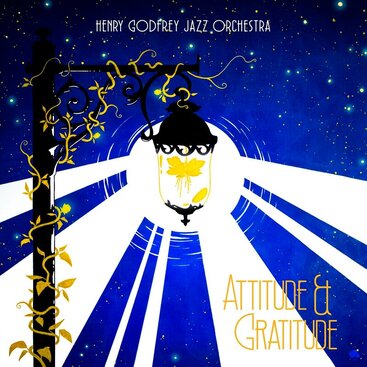
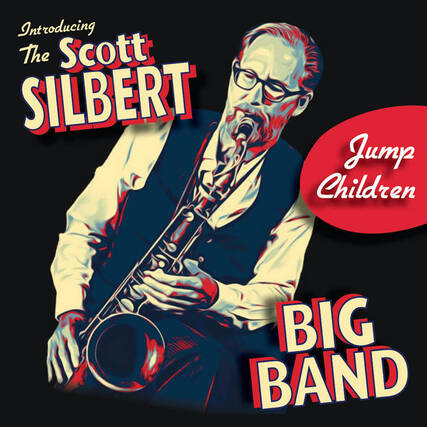
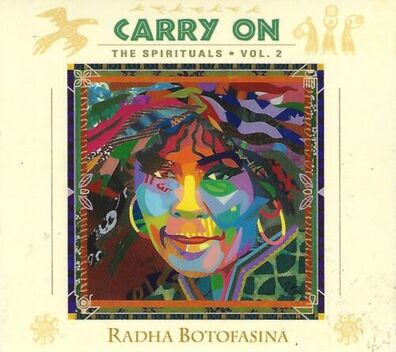
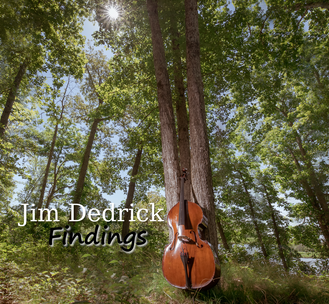
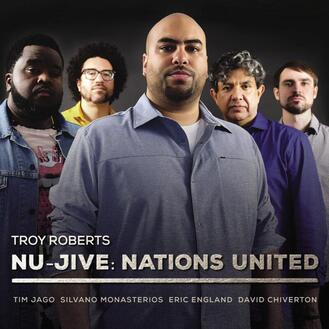
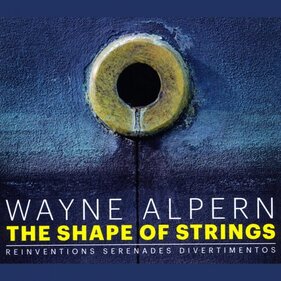
 RSS Feed
RSS Feed
